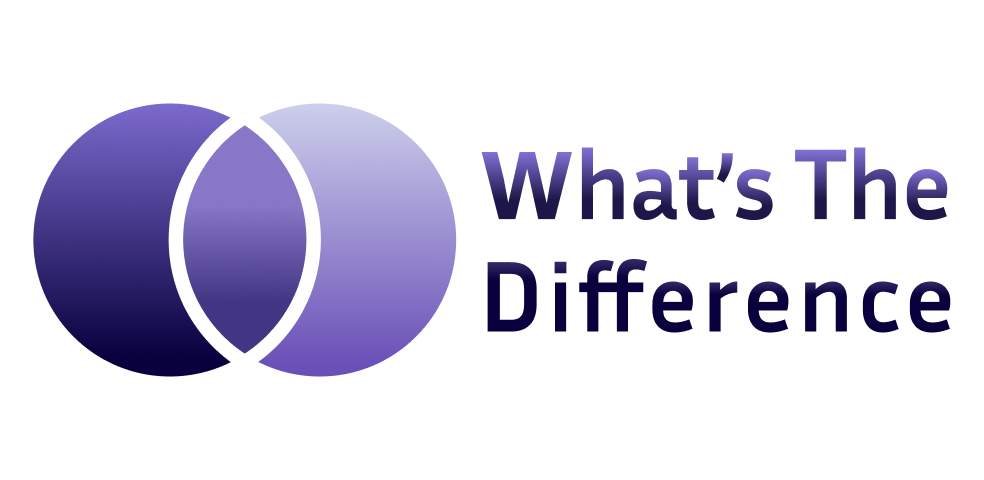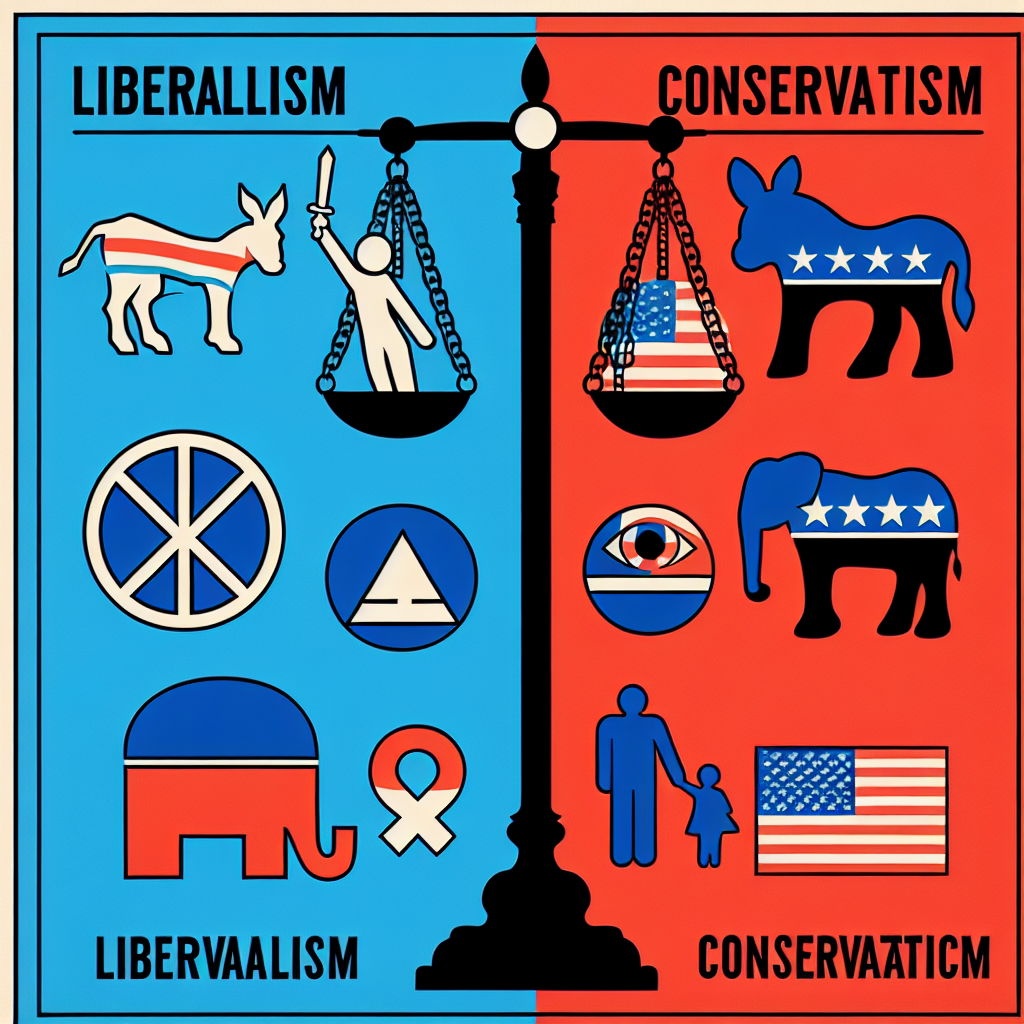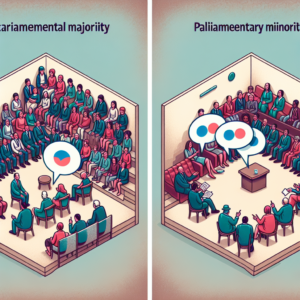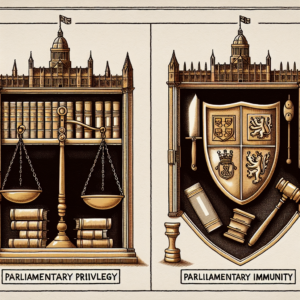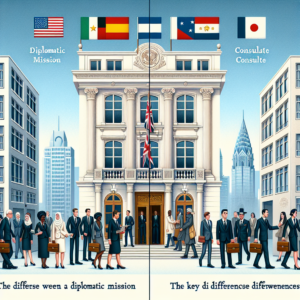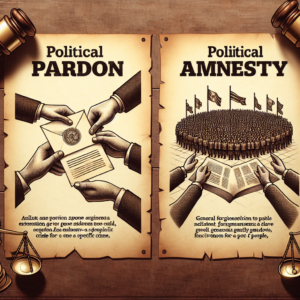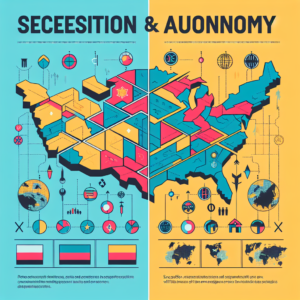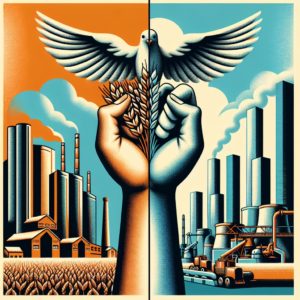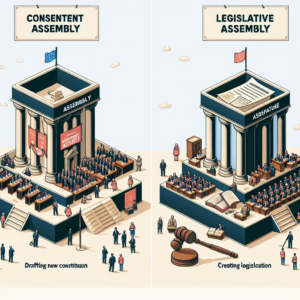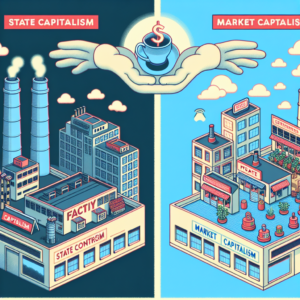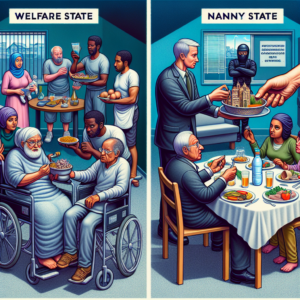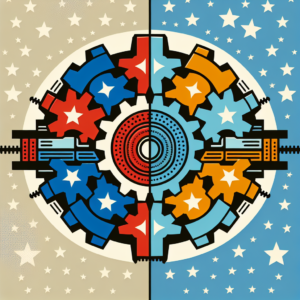In today’s ever-changing political landscape, the ideologies of liberalism and conservatism serve as the foundation for many of the decisions and policies we encounter in our daily lives. Yet, the fundamental principles underpinning these two schools of thought can often seem enigmatic and hard to understand. In order to truly appreciate the nuances of contemporary politics, it’s important to delve into the core principles of these ideologies. So, what is the difference between liberalism and conservatism?
Understanding the Core Principles of Liberalism
Liberalism, as an ideology, champions individual freedoms, equality, and the protection of human rights. Originating from the Age of Enlightenment, it promotes the idea of a social contract, wherein individuals consent to surrender some of their freedoms to a governing body in exchange for protection and the assurance of their remaining rights. Liberals tend to advocate for progressive social policies, including marriage equality, abortion rights, and the decriminalization of drugs. They also often support economic policies that strive for social justice, such as wealth redistribution, progressive taxation, and strong government regulation of businesses to prevent abuse of power.
The principle of individual freedoms extends not only to social issues, but also to economic ones, as liberals believe in a regulated capitalism where individuals should have the right to make economic choices and the government should intervene to ensure fairness. They argue that government intervention is necessary to correct market failures, reduce inequalities, and provide public goods. This perspective is underpinned by the belief that the benefits of economic growth should be widely distributed across society to prevent the concentration of wealth and power at the top.
Liberalism also places a strong emphasis on the importance of democratic governance and the rule of law. Liberals argue that democratic institutions should be protected and strengthened to ensure citizen participation and representation. They view the rule of law as a safeguard against arbitrary rule and a means to protect individual rights and freedoms.
Analyzing the Key Tenets of Conservatism
Conservatism, at its core, values tradition, social order, and authority. It originated as a reaction against the radical changes brought about by the French Revolution and the Enlightenment, and it advocates for the preservation of traditional institutions and practices. This means that conservatives are typically cautious about large-scale social changes and prefer a gradual, evolutionary approach to reform.
From an economic perspective, conservatives champion the principles of free-market capitalism and limited government intervention. They argue that free markets drive economic growth and that individual initiative and competition create prosperity. Conservatives often oppose progressive taxation and wealth redistribution measures, viewing them as disincentives to economic activity and personal initiative. They believe that wealth is created by individuals who earn it through their own efforts, and therefore, it should not be excessively taxed or redistributed by the government.
The conservative perspective on governance and the rule of law also differs from that of liberalism. Conservatives often emphasize the importance of a strong, central authority to maintain social order and stability. They are typically more supportive of strong law enforcement and harsher punishments for crimes. They also tend to be more skeptical of international institutions and favor national sovereignty and control.
In a nutshell, the answer to "what is the difference between liberalism and conservatism?" lies in their contrasting views on individual freedoms, the role of government, the economy, social order, and the rule of law. While liberals advocate for progressive changes, individual freedoms, and strong government intervention to ensure fairness and equality, conservatives value tradition, social order, and free-market capitalism. Despite these differences, both ideologies contribute to a balanced political discourse and provide a framework for understanding and addressing the complex issues facing our society. It’s crucial to remember that the vast majority of people fall somewhere along the spectrum between these two extremes, blending elements from both ideologies into their personal political beliefs.
